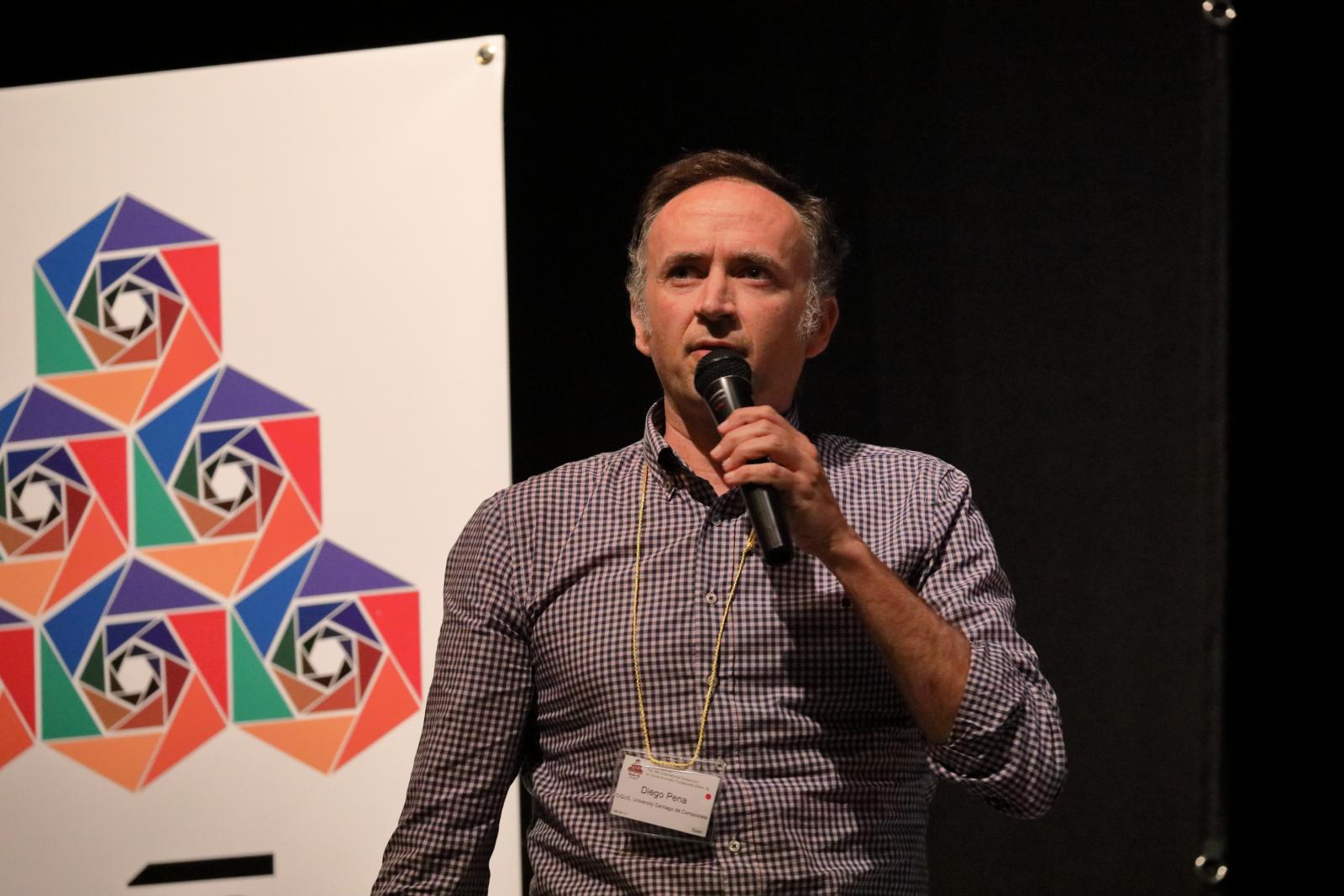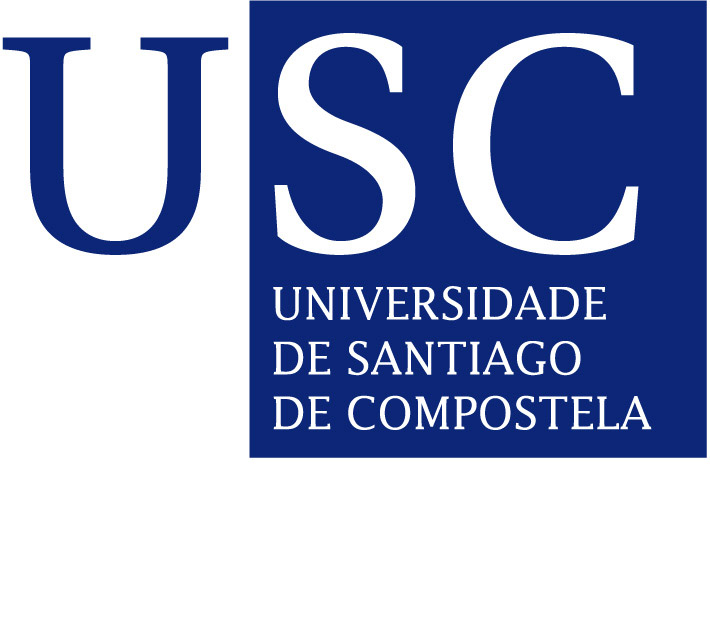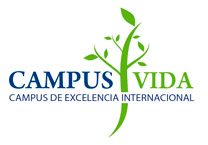- The European Research Council (ERC), the most important scientific funding agency in Europe, awards one of the 34 Synergy Grants to an international collaborative project co-led by the CiQUS PI Diego Peña.
- The Center for Research in Biological Chemistry and Molecular Materials (CiQUS) at the USC, and research partners IBM Research and Universität Regensburg, have received €9 million from the ERC to fund, over the next six years, the interdisciplinary research project MolDAM.
- MolDAM aims at building and controlling individual molecules through their manipulation with sophisticated microscopes. Potential applications include important advances in chemical synthesis, energy transformation and computing.
The 2020 call for the Synergy Grant programme within the framework of the European Research Council (ERC) will fund the MolDAM project (Molecular Devices by Atom Manipulation). MolDAM is an interdisciplinary project that will be co-led by the CiQUS PI, Prof. Diego Peña, at the USC, jointly with Dr Leo Gross at IBM Research (Switzerland) and Prof. Jascha Repp at the Universität Regensburg (Germany). This team has received nine million euros to develop, over the next six years, a challenging project that will explore the enormous possibilities of the molecular world. Novel nanometric devices will be designed by the use of sophisticated microscopes and the developing of new technologies. A variety of applications in chemical synthesis, energy transformation and computing are envisioned.
MolDAM, controlling the molecular world
“Our main goal is to build single molecules, atom by atom. Additionally, we envision to take control over the molecule’s reactivity by studying their behaviour on surface with space and temporal resolution. This is extremely difficult because the molecule’ size is over the millionth part of a millimetre. However, getting this would be of a great interest since everything around us is formed by atoms and molecules, including ourselves,” explains Diego Peña.
MolDAM will explore and develop novel applications offered by the Scanning Probe Microscopy, a key technique in the development of nanotechnology, discovered 35 years ago by IBM. This project aims for the creation of novel molecules and the direct imaging of reaction intermediates in action at the single molecular level. During past years, the improvements in this type of microscopy have made possible to enter the molecular world and visualise molecules with atomic resolution. Unfortunately, these molecular images are limited so far to “snapshot”. “MolDAM wants to go a step further and see the molecules in action for observing how they react one each other, breaking and forming bonds between their atoms, and how they will react when voltage or light pulses are applied”, explains Peña.
This control on the reactivity of the molecules is a dream for chemistry researchers. For centuries, synthetic chemists have been working with millions of molecules in solution at the same time. The small size of the molecules prevented them to perform chemical transformations over single molecules. “Now, we will develop the technology to do this. The design of novel equipment able to measure on the millionth of a millimetre scale is what we want to do in MolDAM. Potential results of this project could have a huge impact on a wide range of scientific fields, from chemical synthesis to energy transformations,” says CiQUS’ researcher.
The grant awarded to Diego Peña is the second Synergy Grant to have been received by USC researchers – an achievement that adds value to the talent and work of researchers of the University of Santiago de Compostela. The previous one, in 2018, was awarded to Rubén Nogueiras, at CiMUS, for the WATCH project on healthy ageing. The purpose of this European programme is to promote scientific excellence by funding research projects that bring together the strengths of different European teams and exploit synergies to develop long-term projects.
CiQUS, European pole of attraction for talent
Seven CiQUS researchers have been awarded so far by the European Research Council through ten projects (one Advanced Grant, one Consolidator Grant, four Starting Grants, three Proof of Concept Grants and one Synergy Grant). Over 14 million euros of funding have been granted to CiQUS within the ERC framework. Remarkable, up to eight of these ERC projects have been granted in the last four years (2016-2020), which endorses the Centre’s growing international recognition. This new project also helps to place the USC among the most successful Spanish universities in terms of attracting ERC resources, and consolidates its leadership in Galicia.
About the ERC
The European Research Council (ERC), set up by the European Union in 2007, is the premiere European funding organisation for excellent frontier research. Every year, it selects and funds the very best, creative researchers of any nationality and age, to run projects based in Europe. The ERC offers four core grant schemes: Starting, Consolidator, Advanced and Synergy Grants. With its additional Proof of Concept grant scheme, the ERC helps grantees to bridge the gap between their pioneering research and early phases of its commercialisation.
More than 440 proposals were submitted in the present Synergy Grant call, making it one of the most competitive in ERC history. Thirty-four research groups will receive EUR 350 million in total to address some of the world’s most formidable research problems spanning multiple scientific disciplines. The 34 projects involve 116 researchers who will carry out their projects at 86 universities and research centres in 22 countries across Europe and beyond. The grants, each worth around 10 million euro, will help create some 1,000 jobs for postdoctoral fellows, PhD students, and other staff in the grantee’s research teams.



